Overclocking Intel cards is currently only possible in two ways. One would be the Intel ARC Control Center. Here you can, somewhat awkwardly declared, edit the frequency/voltage curve (V/F Curve) with two controls. I won’t go into the details of which slider scales what and to what extent. Basically, you can remember that the higher the value for power gain, the higher the maximum clock is set. Without the use of the voltage offset, however, the effect fizzles out here.
What seems a bit illogical at first, becomes clear when you know the boundaries of the map in the normal case. The Asrock applies a maximum of 1040mv of voltage in standard mode and drives a maximum clock of 2.4 Ghz. Both values are not exceeded without user intervention. This means that if you only increase the power gain, you increase the maximum possible clock, but the GPU remains at a maximum of 1040mv in the V/F curve, which clearly limits the effect. This results in the actually illogical circumstance that a higher clock is applied by raising the voltage offset. A moderate overclocking of the card, which should work for most people, is illustrated in the following picture. If you only want a bit more performance quickly, orientate yourself on the setting or adopt it in the form and then scale your desired overclocking with the power consumption.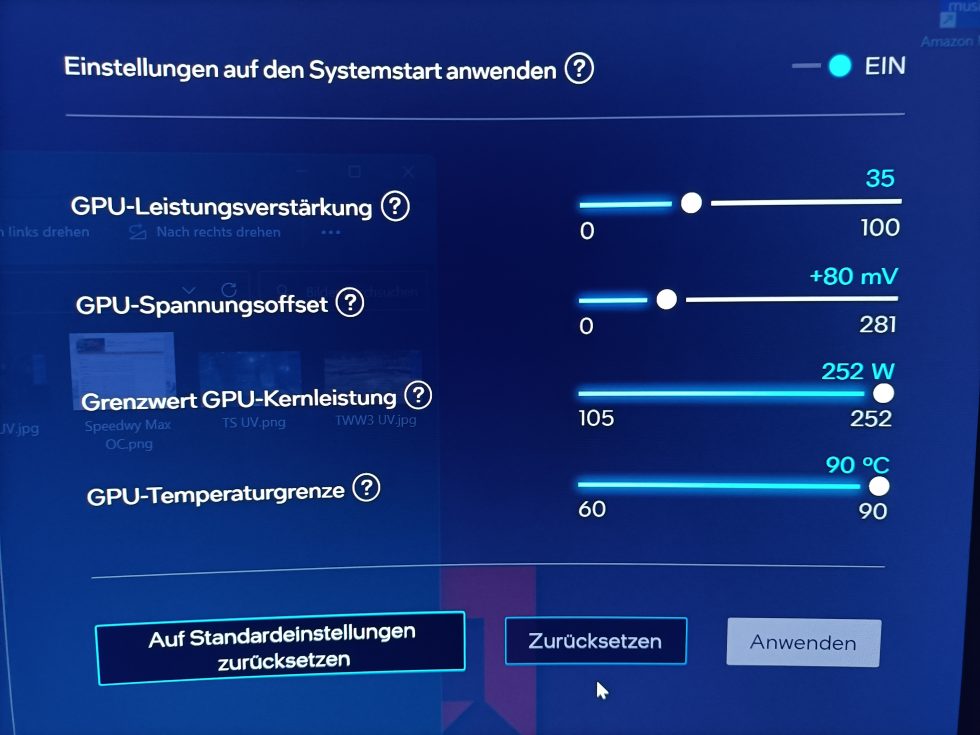
The setting thus results in a maximum of 2720 MHz at maxed-out power consumption. In demanding applications that fully utilize the GPU (and in which ARC then also shows corresponding performance) like Plague Valley, Borderlands 3 or the 3D Mark, you will then see 2600-2650 Mhz. At full power consumption and then over 300 watts, even the Phantom cooler slowly reaches its limits, which results in a still quite moderate 2000 revolutions and a GPU temperature of 76 degrees. The memory only heats up marginally compared to the standard due to the increased fan speed to 78 degrees. The card is then clearly audible, but not penetratingly annoying in my opinion.
The second and quite new variant is a fancy tool provided by a diligent user. It enables the same functions as the ARC Control Center (ACC) and in addition it offers the possibility to set a fixed clock at fixed voltage. This modification has various advantages and disadvantages. The biggest advantage is that you can now effectively undervolt the GPU, unlike with the ACC. How something like this can look, I will show in more detail in the course of the article.
Another advantage over the V/F Curve is that you can also apply a setting tailored to it for specific applications. This is especially worthwhile for applications that do not fully utilize the ARC GPU at first, so the driver has problems unleashing the card’s performance. Total War Warhammer 3 once served me as an example for this.The following picture shows the internal battle benchmark with stock settings in QHD and a very demanding setting.
The following picture shows TWW 3 with maximum manual overclocking via tool and a full 2.8 Ghz. This is the most effective way to compensate for a lack of shader utilization and results in a respectable 15% increase in performance, which is definitely noticeable.
Now you might think, that works great, so why not play with these settings for all applications? The problem here is the strongly fluctuating power consumption of ARC. While TWW 3 doesn’t utilize the card sufficiently by default, we can compensate for this here by using a high clock with the corresponding voltage (1197mv) without the power consumption reaching the limit. However, if you start the TimeSpy benchmark or play A Plague Tal with the same setting, the GPU is wildly reduced because the available power consumption is not sufficient for this high voltage.
Since we took out most of the V/F curve, the GPU scales down wildly, which results in a degradation of performance, i.e. less fps. It is therefore important that you do not exceed your set power limit with the settings. If you want to use the tool, you can find it at the following link:
The tool is not very intuitive and simple. However, it allows far-reaching voltage changes and should be operated accordingly with the necessary care! Unfortunately, the news articles about the tool give strange instructions which value leads to which voltage, so here is a small scale for your orientation that applies to ARC 770 and in a similar form probably also for the 750.
0.7 results in 867mv (undervolting, 2.4Ghz and less)
0.8 results in 977mv (balancedsetting, power increase with moderate increase of power consumption)
0.9 results in 1090mv (overclocking)
1.0 results in 1210mv (reasonable limit)
The whole thing looks like this in practice, here are the settings of my balanced setting with 2.6Ghz.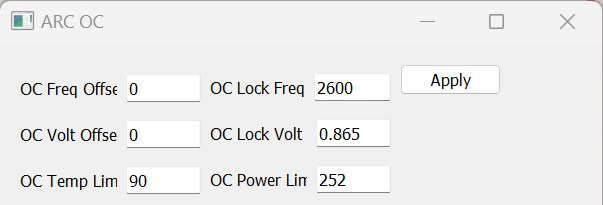
You don’t need a hundred digits after the DOT! yes dot not comma, as sometimes reported in news articles. A change to the third digit after the DOT! still makes sense for fine adjustment. As a rule, however, two digits after the dot are sufficient! It is important to note that to apply the settings, both the clock and the voltage must be edited, even if only by one digit, otherwise the values will not be applied. I strongly advise against values higher than 1.0, which results in absurdly high voltages and cannot really be converted into power due to the limitation of the power consumption.
The biggest disadvantage of the tool is that it is impractical to use and you have to re-enter the values every time you restart. In addition, the set frequency is then permanently on, even on the desktop, which increases the idle consumption by a few watts (which is already very high at 40 watts). In addition, the setting is very rigid and inflexible. I think in the near future, the tool will certainly be implemented more practical and so more suitable for the masses, until then I would advise the not so savvy users to ACC.















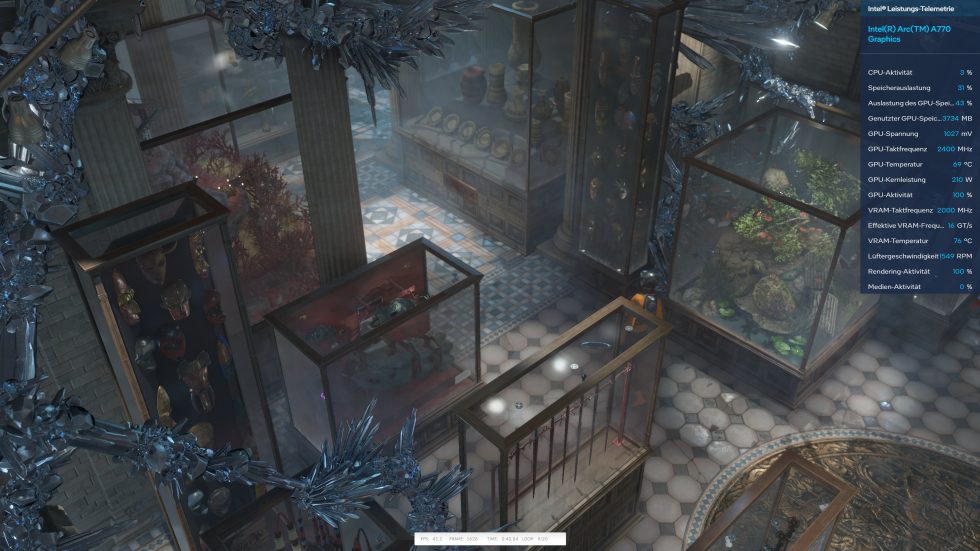
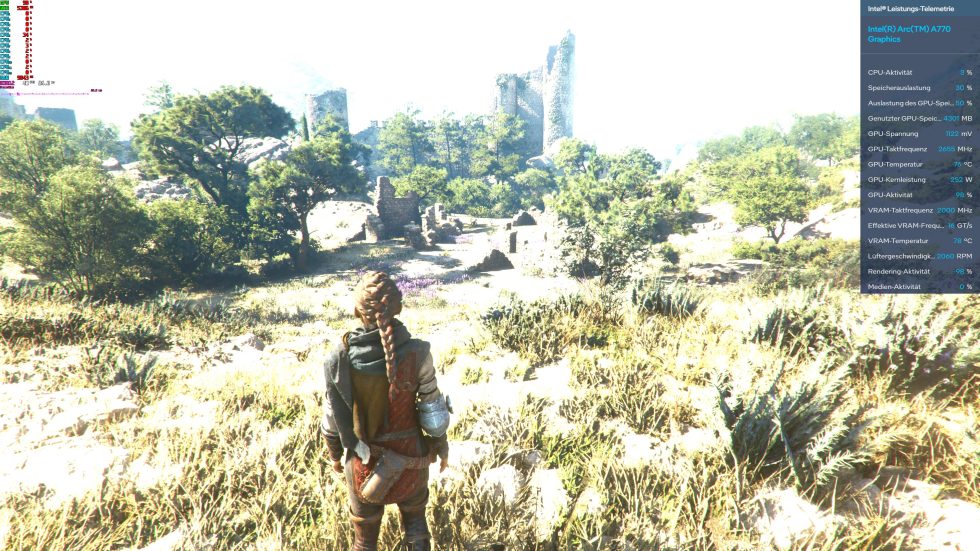
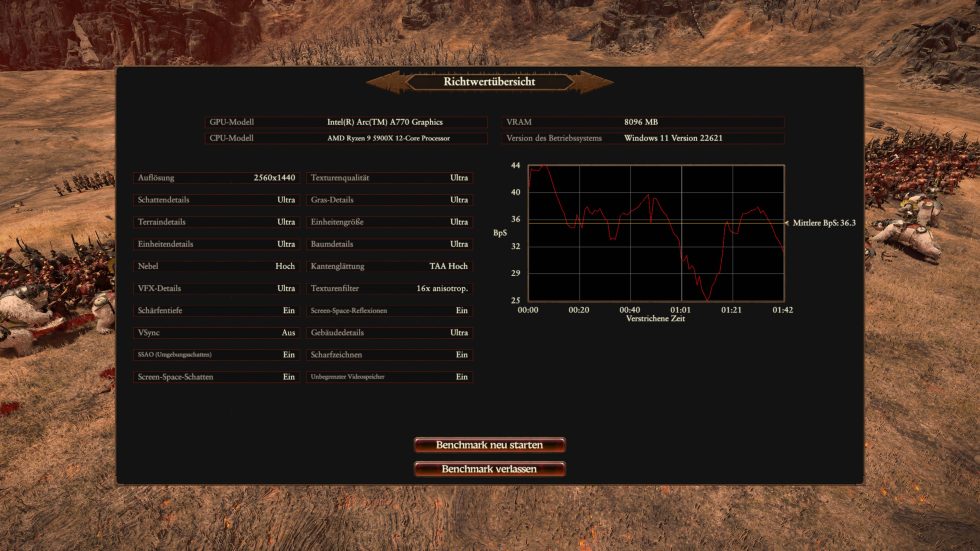
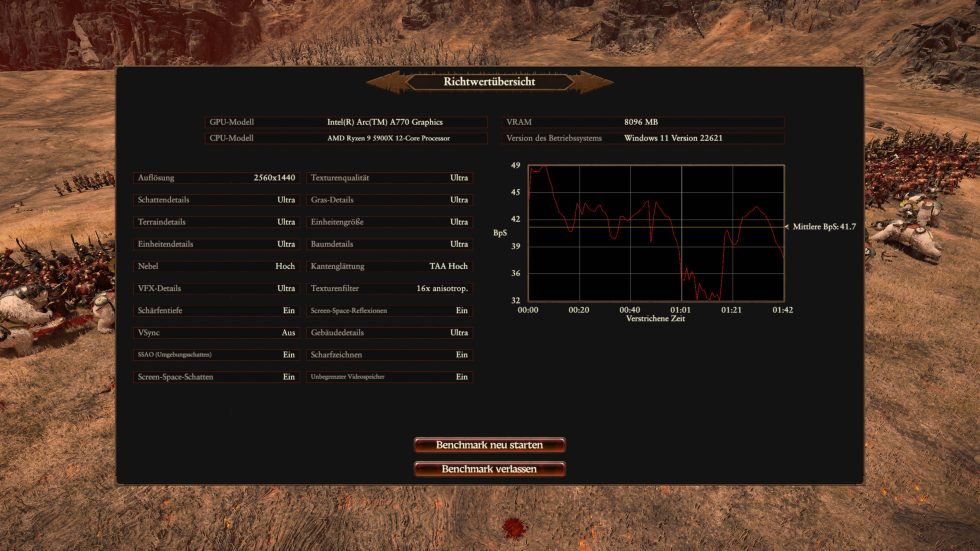




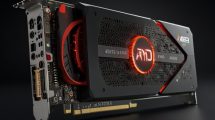
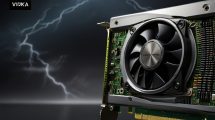













77 Antworten
Kommentar
Lade neue Kommentare
Veteran
Urgestein
Mitglied
Urgestein
Urgestein
Urgestein
Veteran
Urgestein
Urgestein
Urgestein
Urgestein
Urgestein
Mitglied
Veteran
Urgestein
Urgestein
Urgestein
Mitglied
Urgestein
Alle Kommentare lesen unter igor´sLAB Community →